
Email Opt-Out: Definition, Benefits & Best Practices [2025]
Are you wondering if providing users with an email opt-out option can actually help your business? If so, you’re in the right place.
By now, everyone knows that email marketing is a powerful strategy used by brands across all industries. However, over time, email users have become more mindful of their inboxes and privacy, and laws in place have only cemented the importance of respecting your subscribers’ preferences.
With this in mind, one of the best ways to show your audience that they are free to change how you reach them through email is to include an email opt-out option.
In this guide, we’ll cover everything you need to know about opt-outs, including their definition, benefits, best practices, and how to use opt-out data to improve your overall email marketing strategy.
What is an Email Opt-Out?
At its core, an email opt-out is the process by which subscribers can decide they no longer want to receive specific messages, like marketing emails, from your business.
When someone opts out, they’re taking control of their inbox. Your job then is to make that process easy and respectful.
Like most marketers and business owners, you might think, “Isn’t losing subscribers a bad thing?” That’s totally understandable. But here’s the truth.
A clear opt-out process actually helps you build a healthier, more engaged list. It shows you respect your audience’s choices, which builds trust.
Here’s an example of an opt-out from Dzone in one of their recent webinar invitation, where the unsubscribe and management options are prominently displayed at the end of the message:
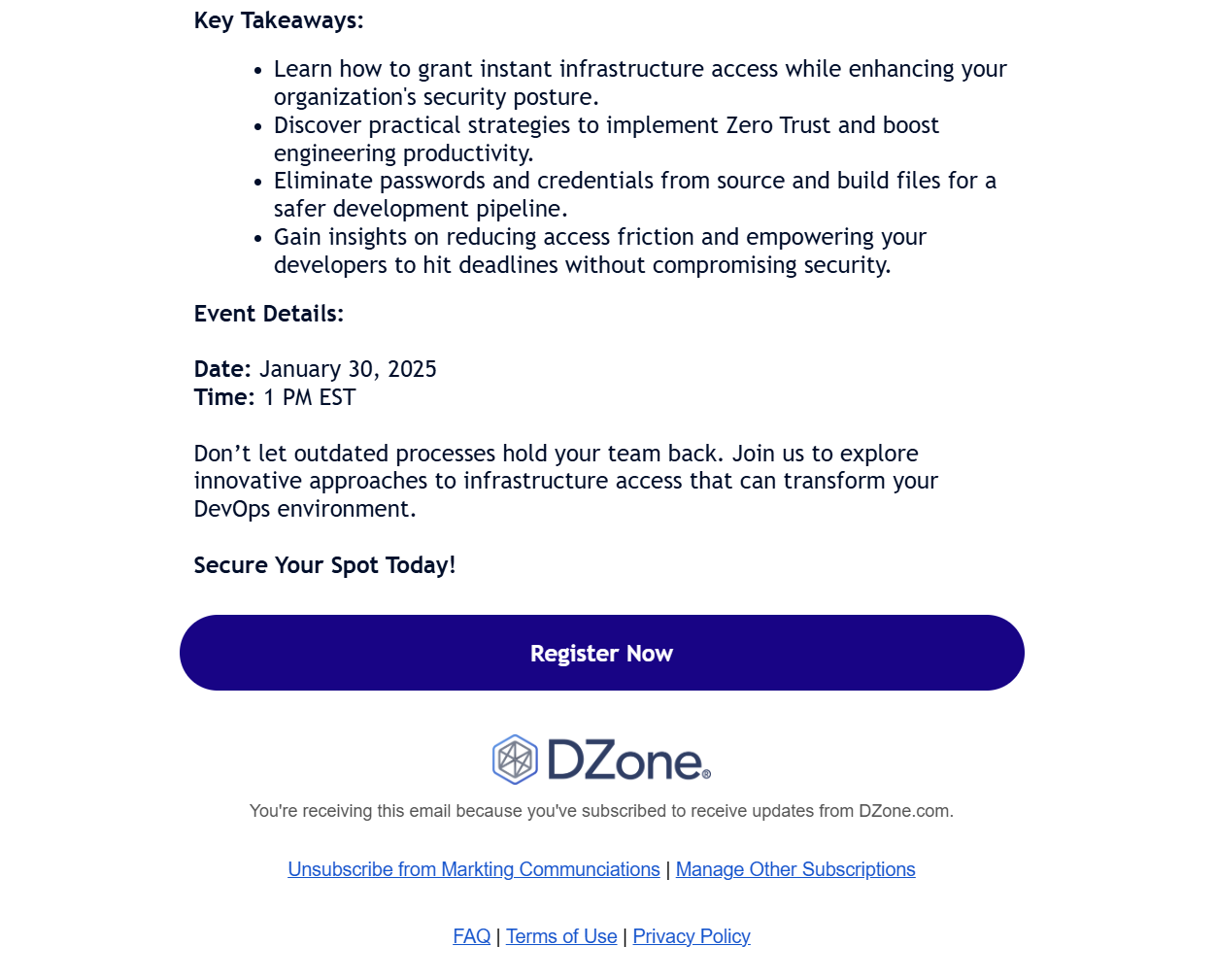
Why is opt-out in email marketing important?
Did you know that email opt-outs aren’t just a nice-to-have feature but a legal requirement?
Regulations like the CAN-SPAM Act (United States), GDPR (Europe), and others worldwide mandate that businesses provide a clear way for subscribers to opt out of receiving marketing emails.
These laws were designed to combat spam and give consumers more control over their data. Many folks are taking advantage of this freedom, with over 53% of people between the ages of 18 to 24 saying they opt out of marketing emails, while that number jumps to 64% for people between the ages of 55 and 64.
If you don’t comply, you could face hefty fines, damage to your sender’s reputation, and a loss of trust from your audience.
For marketers, honoring opt-out requests shows that you respect your audience’s preferences and want to do right by them. They may not be interested right now, but your willingness to help may result in them returning to your brand when they are interested in something you’re offering.

Opt-out vs. unsubscribe
It’s easy to use “opt-out” and “unsubscribe” interchangeably, but there’s a subtle difference you ought to know.
- Unsubscribe typically refers to the action of removing oneself entirely from a mailing list. (Most implicit opt-outs result in the business unsubscribing on behalf of the user.)
- Opt-out refers to the broader concept of a subscriber choosing not to receive certain communications. This could mean unsubscribing entirely or opting out of specific types of emails (like promotional messages but not transactional ones) through an email preference center.
Both terms revolve around giving subscribers control, but understanding the distinction can help you set up your opt-out options in a way that makes sense for your audience.
Types of Email Opt-Outs
Not all opt-outs look the same. Below, let’s explore two common types you’ll want to get familiar with:
- Explicit opt-out: This option is fairly straightforward. Subscribers need to click an “unsubscribe” link or adjust their preferences to stop receiving emails from your company.
- Implicit opt-out: An implicit opt-out occurs when a subscriber doesn’t open an email or engage with your emails over an extended time. This typically suggests they’re no longer interested. In this case, businesses may stop sending emails to their address. While this is not legally required, it’s an ethical practice that can protect your email reputation score.
Benefits of Email Opt-Outs
At first glance, offering subscribers the option to opt out of your emails might seem counterproductive. Why make it easier for people to leave your list?
The answer is simple: a strong opt-out process can help you optimize your email strategy, which means more opened emails and a better user experience for your audience.
Let’s explore the advantages for both senders and recipients.
Benefits for senders
If you have a list of people who genuinely want to read your content, they’re more likely to open your messages, which sends a strong positive signal to email service providers. This signal translates to improved email deliverability since your messages are less likely to go to spam.
And that’s just the beginning. Among others, email opt-out will:
- Boost sender reputation because when people can easily opt out, they’re less likely to hit “spam.” Fewer complaints equal a better sender score.
- Increase engagement. A smaller list of active subscribers will always outperform a big, disengaged one. Thus, you’ll see higher opens, clicks, and better ROI.
- Reduce costs. Every email you send costs money, whether through email platform fees or internal resources. By removing unengaged subscribers, you’ll cut unnecessary costs and ensure your budget is spent reaching people who are interested in your brand.
- Gather actionable insights by looking at who unsubscribes and when. Spot patterns in your content or timing, and use that info to fine-tune your strategy.
Benefits for recipients
Nobody likes a messy inbox. When you let subscribers opt out or manage their preferences, you’re giving them control over what they get and when. That builds trust, shows respect for their time, and helps keep your brand on good terms with your audience.
Here’s what else is in it for them:
- Reduced email fatigue. Too many emails can lead to email burnout, frustration, or even resentment toward your brand. An easy opt-out process prevents this, ensuring subscribers on your list are still engaged and interested in your content.
- More personalized experiences. Letting people choose the type or frequency of emails they receive improves their experience and makes it more relevant. Happy subscribers stay longer.
Email Opt-Out Best Practices to Follow
Now, let’s discuss designing email opt-outs and what brand leaders and marketers across industries should keep in mind if they want theirs to be a success.
We will break it down into multiple categories with actionable strategies and email marketing best practices so you can learn how to design and implement your email opt-out option effectively.
1. Find the right opt-out placement and design
If someone wants to unsubscribe, don’t make it a scavenger hunt. Your opt-out link should be easy to find, usually at the bottom of your emails.
Skip the tiny email fonts or sneaky placements. A good rule of thumb? If you have to squint or scroll forever, it’s not working.
The language you use matters, too. Say exactly what the link does. Use clear, simple terms like “Unsubscribe,” “Stop Receiving Emails,” or “Change Preferences.”
Avoid anything vague or confusing that might leave subscribers wondering if they clicked the right thing.
Here’s a good email opt-out example from Duplicator:

Also, one thing to steer clear of is dark patterns.
These are shady design tricks that make it hard to opt out. They’re like hiding the unsubscribe link or forcing users through multiple steps.
Not only do these damage your brand’s reputation, but they can also get you in legal trouble. So, instead, make it easy, honest, and respectful.
Pro tip: Since many people read emails on their phones, make sure the opt-out process is mobile-friendly. That means links and buttons that are easy to tap, fast-loading pages, and a process that works just as smoothly on a small screen as it does on a desktop.
2. Set up an easy opt-out process
When someone decides they’re done with your emails, the process to opt out should be smooth, fast, and frustration-free.
The best approach is a single-click unsubscribe. One tap, and they’re off the list. If you need an extra confirmation step, keep it to two clicks max, as anything more may seem odd and frustrate the subscriber
Once they unsubscribe, remove them from your list immediately; don’t wait a few days.
Delays can lead to complaints, hurt your sender’s reputation, and even put you at risk of violating privacy laws.
3. Allow subscribers to change their preferences
Not everyone wants to disappear completely. Some people just want fewer emails. That’s where a preference center can help.
Give subscribers the option to adjust how often they hear from you or pick the types of emails they want, like promotions, newsletters, or product updates.
This small step can help reduce opt-outs and keep more people engaged.
Here’s a simple example from MeUndies:

4. Avoid sending emails after an opt-out request
There’s nothing worse than clicking “unsubscribe”… and still getting emails. Not only is it frustrating, but it can also land your messages in spam or even violate privacy laws.
To avoid this, make sure your email platform updates your list in real-time. Many email marketing platforms allow for real-time updates to your list, which means you can quickly and easily adjust how someone appears on your list, if at all.
That said, you can offer one last chance in a respectful, non-intrusive way. A great example comes from Bolt.
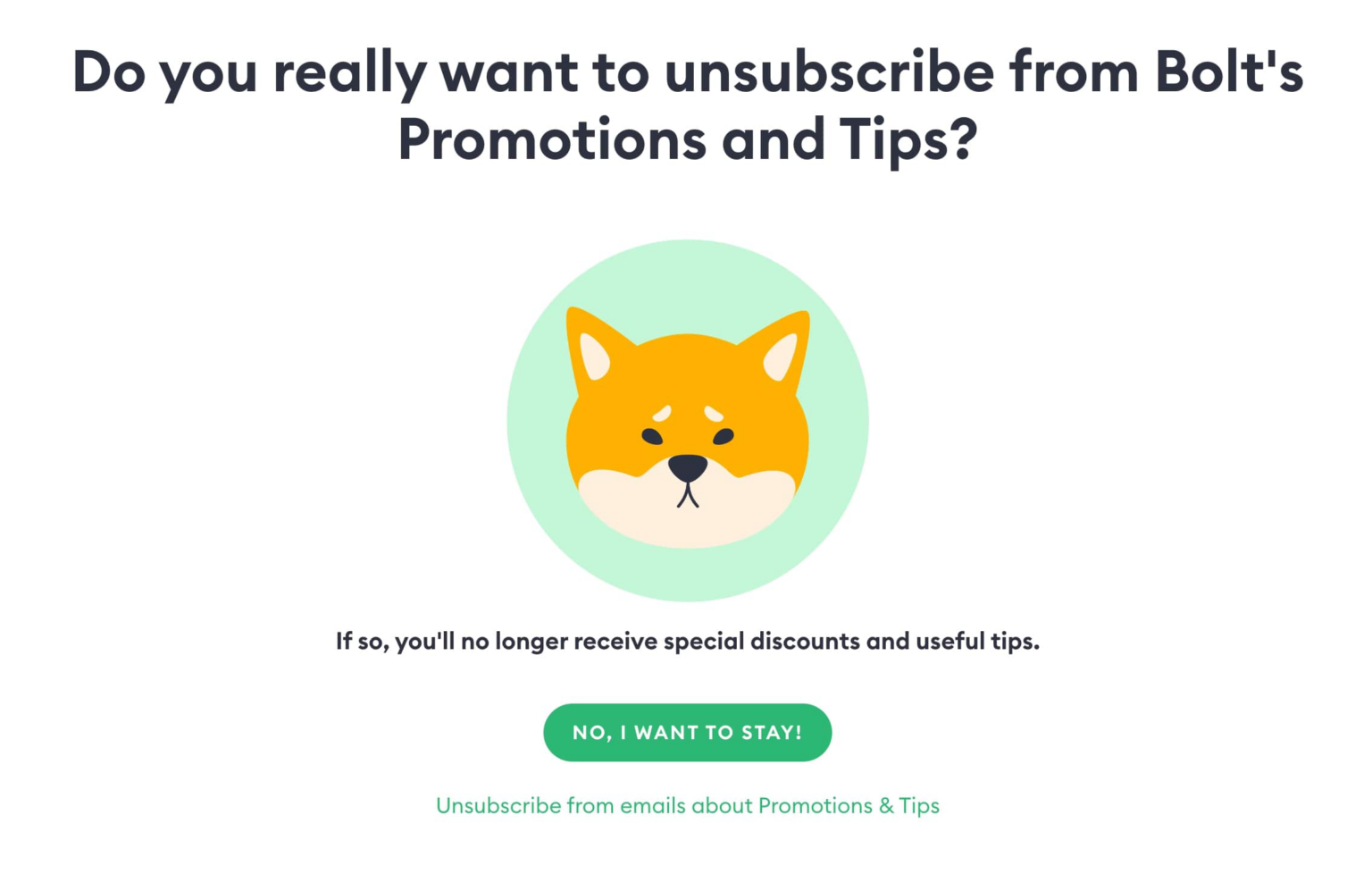
When a user clicks to unsubscribe, they’re taken to a playful unsubscribe landing page with a sad pup illustration, a quick reminder of what they’ll miss (like special discounts and tips), and two clear options: stay subscribed or opt out.
This approach gives subscribers control, keeps the experience light, and ensures that if they do choose to leave, they’re removed right away.
5. Maintain a healthy list
If you regularly email people who never open your messages, it’s time for a cleanup. Removing inactive subscribers helps you focus on the people who actually want to hear from you, saving time, money, and your sender’s reputation.
Start with a confirmed opt-in process. When someone joins your list, send a quick confirmation email to verify they meant to sign up (double opt-in).
Here’s a great example from Califia Farms. It offers a clear CTA to let subscribers confirm their subscriptions and a link to contact them if they have any questions.
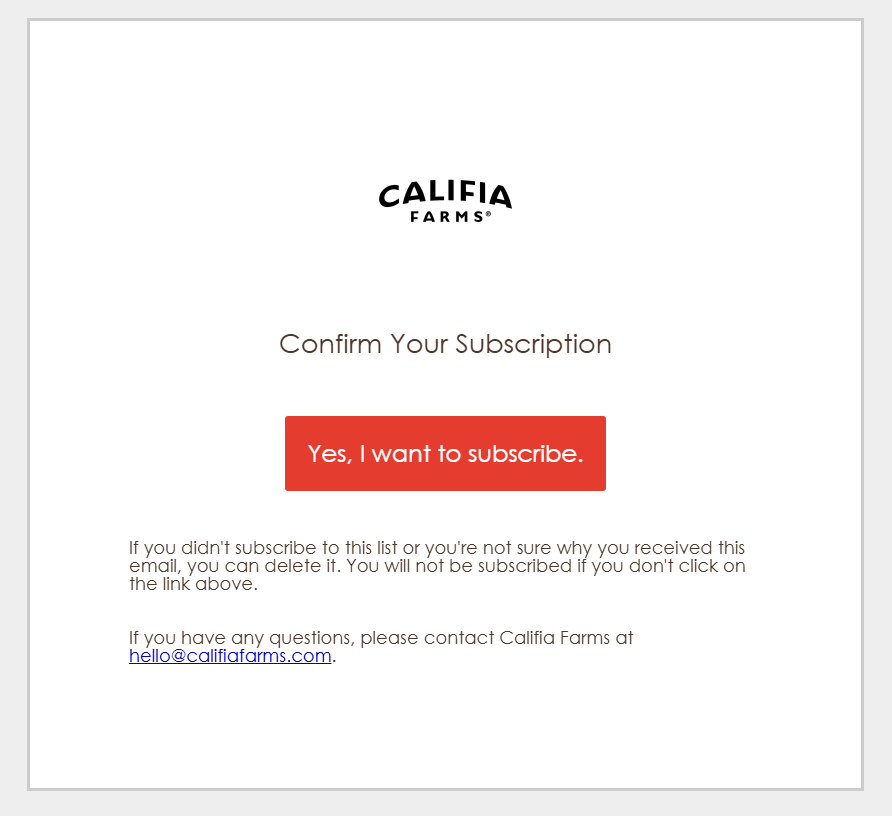
This simple step ensures your emails go to real people who are genuinely interested, which naturally leads to better engagement and fewer opt-outs.
6. Segment your subscribers
Once your list is clean, take things a step further with email segmentation. When you organize subscribers based on behavior, preferences, or engagement level, you can send content that actually feels relevant. That relevance goes a long way in preventing opt-outs.
Why does this matter? Because generic, one-size-fits-all emails are one of the top reasons people unsubscribe.
If you send the same message to your entire list, chances are a big chunk of it won’t care, and eventually, they’ll leave.
Segmentation helps you fix that.
Example: Let’s say you run an online store.
Instead of blasting everyone with every offer, you can segment based on past purchase behavior. People who bought skincare can get product tips or offers tailored to their needs. Others who only browse but haven’t bought yet? Send them exclusive first-time buyer offers or softer, educational content.
That kind of targeting pays off, with segmented campaigns generating 760% more revenue than non-segmented ones.
How to Use Opt-Out Data in Your Email Marketing Strategy
Believe it or not, you can use the data from your email opt-outs to improve your emails and create a well-rounded experience for current subscribers.
Here’s how to use opt-out data to take your email marketing campaign to the next level.
Identify patterns
First, you can take a closer look at when and why people are opting out.
Consider factors like:
- Are certain email campaigns triggering more unsubscribes than others?
- Are you sending emails too often?
- Are specific types of content that are resulting in more opt-outs?
By identifying these patterns, you can adjust your strategy to align with subscriber preferences.
For example, if a high percentage of opt-outs occur after you send a promotional email, it might be time to revisit your offer and adjust it so your subscribers find it more appealing.
Personalize your email content
Opt-out data can reveal valuable insights about your audience’s preferences, which you can use to improve your content and make it more relevant for your audience.
For example, if people say they’re unsubscribing because the emails don’t feature products they care about, it could be a sign that you need to focus more on personalizing your subscribers based on their goals, needs, and pain points.
Once you understand their needs and design targeted campaigns, you can expect a boost in engagement and fewer opt-outs.
Review your email frequency
Too many emails can annoy people, while too few may result in their disengagement. Opt-out rates can help you find the sweet spot for your audience.
It’s a good idea to monitor unsubscribe rates over time and experiment with different email frequencies to determine what works best.
According to our data, sending 2-5 emails per month is more than ideal.

Offering subscribers the option to adjust their preferences (e.g., weekly vs. monthly emails) can also help you retain more of your audience and understand what each person likes.
Test and refine your campaigns
You can also use opt-out data as part of your A/B testing strategy. This involves testing two campaigns with slight differences to see which performs better. The image below shows how it works.
With A/B testing, you can compare unsubscribe rates across different subject lines, designs, and calls to action or send times to determine which elements resonate best with your audience.
This data-driven approach allows you to improve your email campaigns and get more subscribers to take action.
Embracing Email Opt-Out
The bottom line is that email opt-outs are way higher than they appear. When used correctly, they’re a powerful way to build trust, improve engagement, and create a better overall experience for your subscribers.
The best part is opt-outs are super easy to implement, especially when you use Moosend to create and send engaging emails.
Now, it’s your turn to take action. Review your opt-out process, implement the strategies outlined here, and start refining your email list so it’s full of people genuinely interested in your brand, all while giving subscribers the freedom and flexibility they deserve.
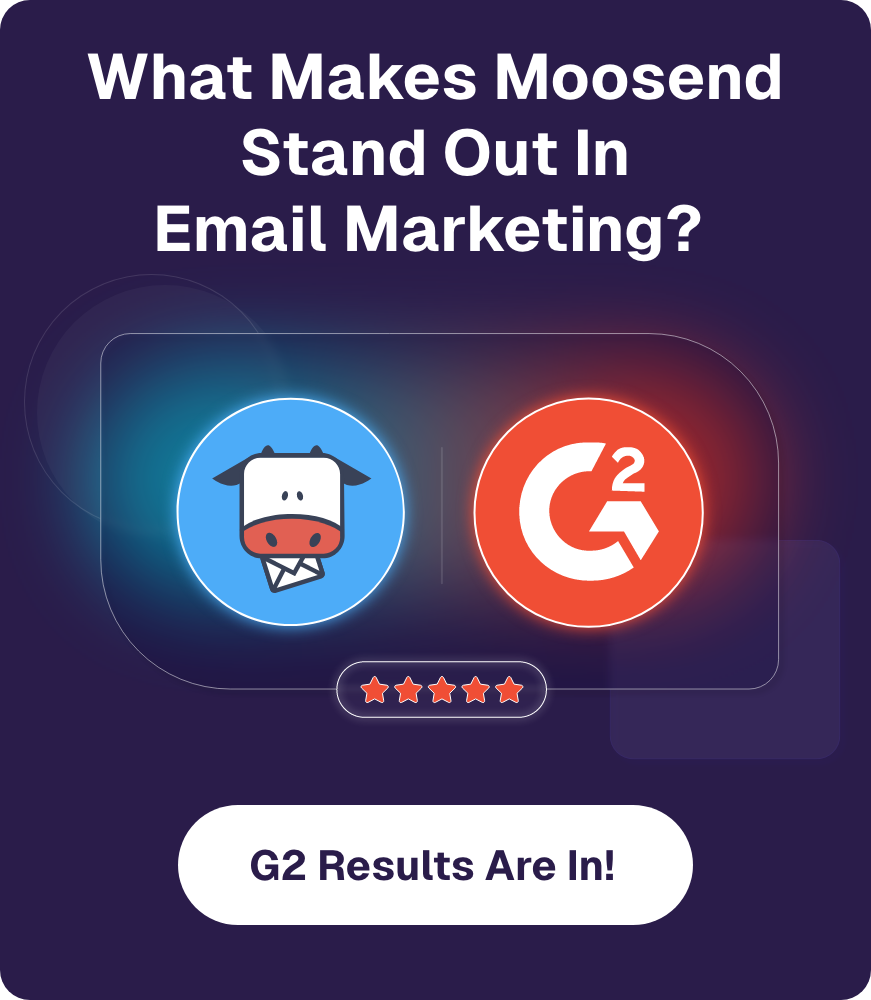

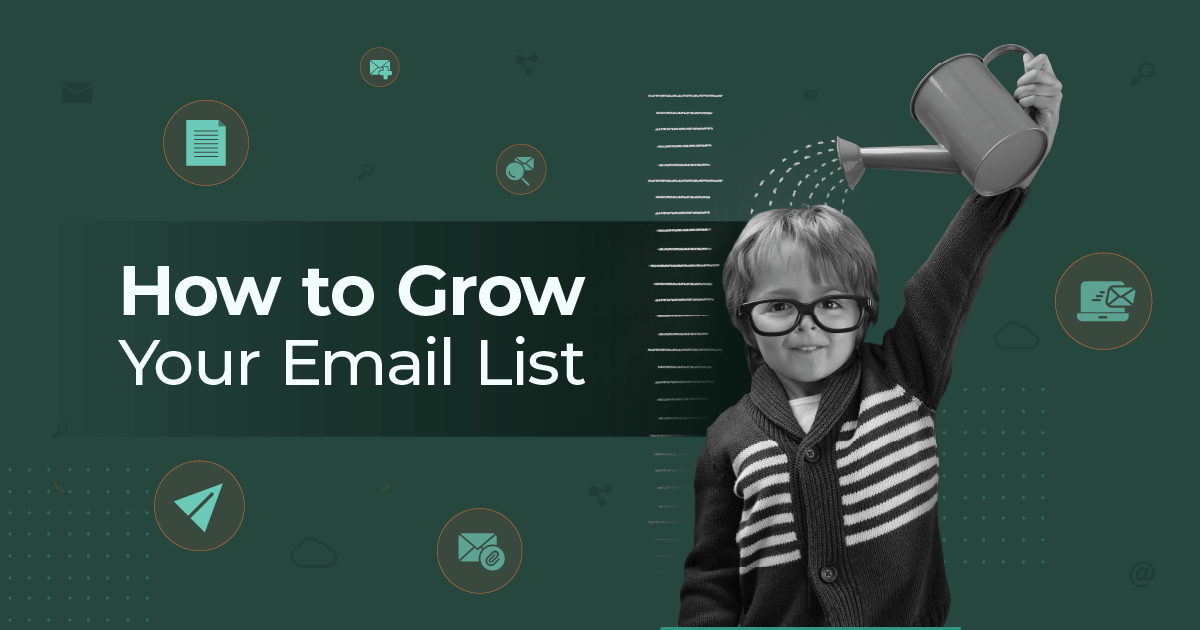
 Published by
Published by
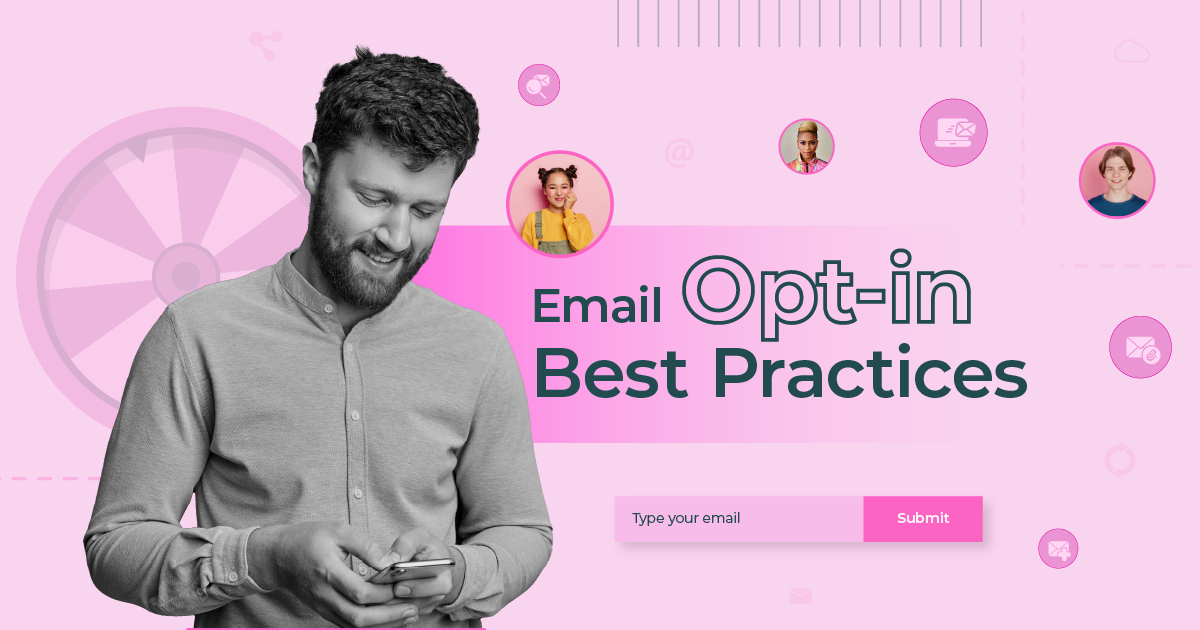

 Published by
Published by